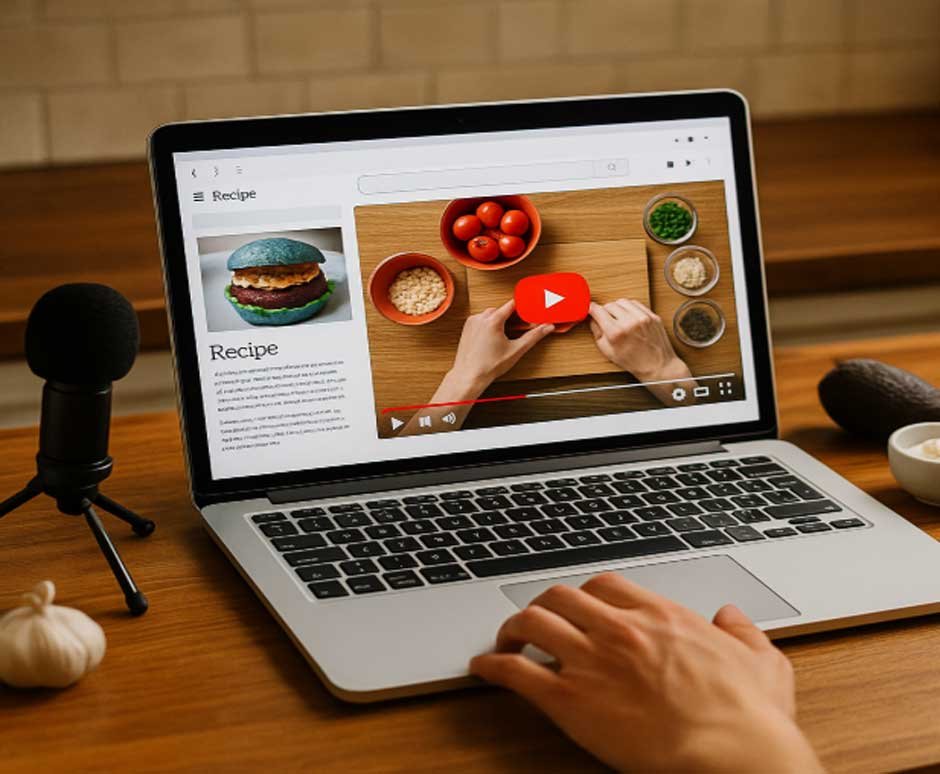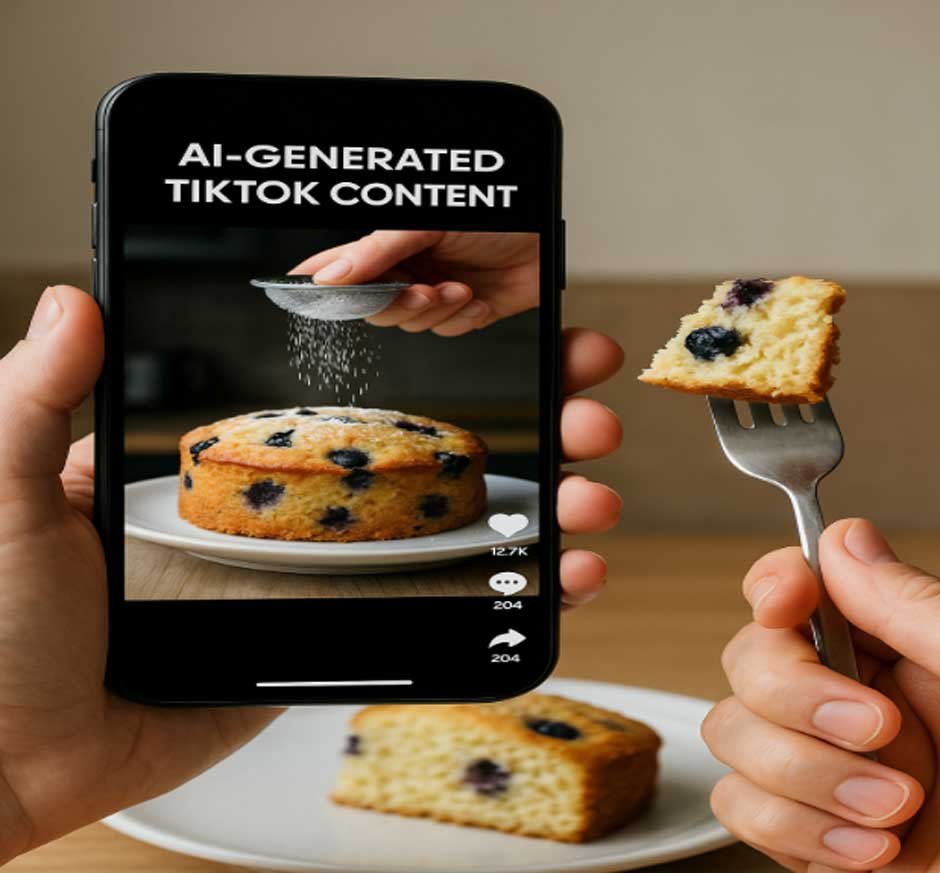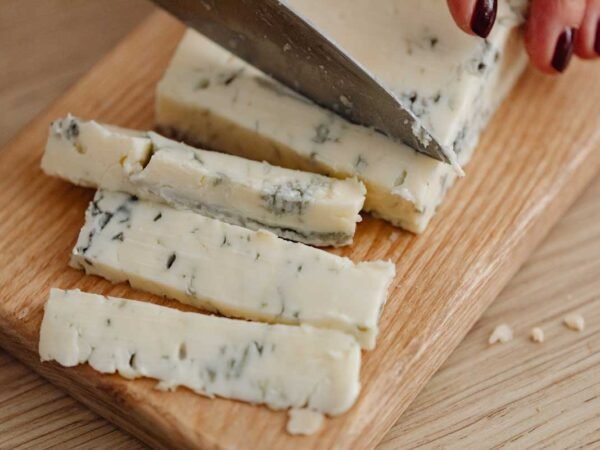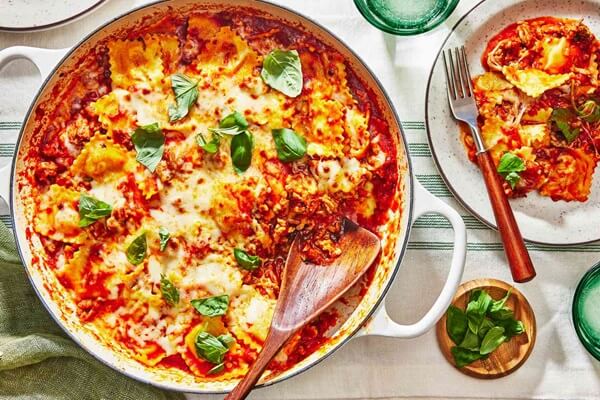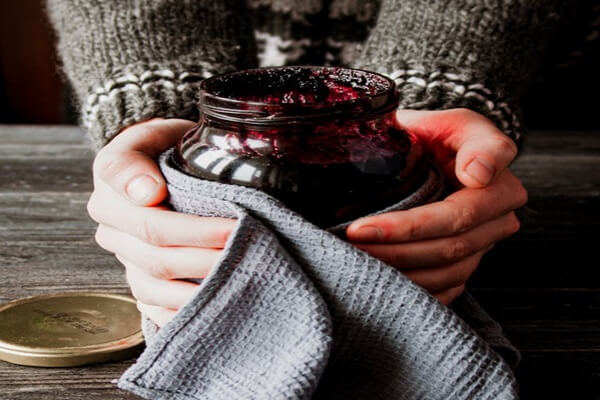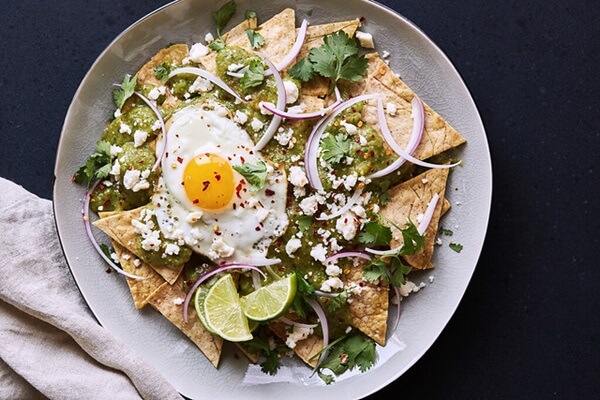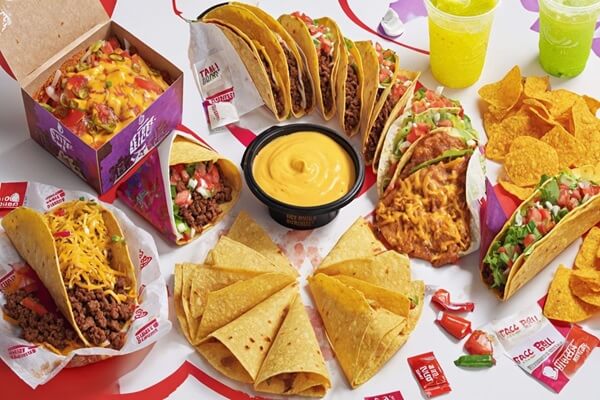If you’ve been building your recipe blog with care, sharing your food experiments, family favorites, or creative twists on restaurant-style dishes, now might be the perfect time to explore a new medium, video. With short-form content gaining popularity and visual formats dominating online engagement, turning your recipe blog into YouTube videos can help you connect with a wider audience. And you don’t need expensive equipment or years of editing experience to start. AI tools are enhancing the accessibility of this process like never before.
Let’s explore how you can take the written word of your blog and transform it into rich, engaging video content that resonates with food lovers around the globe.
Why Video? Why Now?
Video is a powerful way to bring your recipes to life. When your audience sees ingredients sizzle in the pan or frosting spread smoothly over a cake, they connect more deeply with your content. Visual storytelling taps into sensory experiences that blogs alone sometimes can’t fully capture.
Also, with platforms like YouTube Shorts, Instagram Reels, and TikTok expanding viewership for culinary content, the transition from food blogging to food vlogging has become a natural progression. Whether you’re crafting quick meal prep tutorials or showcasing the intricate steps of your blue jam garlic aioli recipe, videos can help you deliver your message more effectively.
Transforming Food Blogs Into Food Vlogs
As a food blogger, you already possess the essential ingredients, tested recipes, unique food ideas, and storytelling skills. The next step is using the right tools to convert those blog posts into compelling videos.
Imagine uploading your written recipe and receiving a video version complete with step-by-step visuals, voiceovers, and subtitles, all generated from your original content. This is where AI comes in. AI-driven tools now allow you to create videos from text inputs, simplifying the entire production process.
For instance, you can take a blog post explaining how to make your own version of something inspired by the Red Lobster menu, and generate a short-form cooking video that includes ingredient visuals, preparation steps, and voiceover in multiple languages, all without needing to shoot a single frame yourself.
Using AI Video Generation to Simplify the Process
One of the most practical tools in this journey is a YouTube video generator. Platforms like invideo AI allow you to paste your blog content into a text field, and the tool automatically creates a video with suitable visuals, transitions, and narration. With just a few command inputs, like choosing your language, tone, and style, you can produce polished videos within minutes.
This is particularly useful when you’re aiming to localize your content. For example, you might generate a video in English for your main audience and then instantly translate the subtitles or narration into Spanish, French, or Hindi using built-in language options.
What makes this so valuable is the time you save. Instead of juggling between editing software, voiceover recordings, and subtitles, you simply input your text and get a cohesive video. That means you can focus more on content creation, perhaps working on your next viral, simple recipe idea, while the AI handles the presentation.
While exploring video generation, you might also consider experimenting with a free AI video app that offers beginner-friendly recipe workflows or text-to-video capabilities. These can help you test ideas quickly before committing to a full content series.
Tips for Making Your Recipe Videos Engaging
It is crucial to incorporate a human touch, even when using automation. Here are a few ideas to enhance your videos:
- Narrate your process: If you’re using AI-generated narration, consider writing the script in your natural tone. Your blog’s audience will value the glimpse of your personality that comes through, even in automated voiceovers.
- Use storytelling: Share the background of your dish. Maybe the blue jam garlic aioli recipe was inspired by your grandmother’s homemade spreads. Personal stories deepen viewer engagement.
- Add variety: Mix up your content. Do some videos on recipe hacks, others on full meals, or quick tips inspired by trending topics like the Red Lobster menu recreations.
- Include calls to action: Invite viewers to comment with their favorite toppings or suggest variations. Engagement boosts visibility.
Scaling Your Recipe Channel Globally
Food is a universal language, but adding actual multi-language support gives your content even broader reach. With AI, your video can be instantly available in several languages without needing separate shoots or edits.
So, if you’re sharing a unique twist on a garlic aioli, you can now let an audience in Brazil or France experience it in their own language, keeping your branding and delivery consistent across cultures.
The combination of automation and creativity enables you to reach a scale that traditional content production methods might struggle to achieve.
Conclusion
Turning your recipe blog into YouTube videos doesn’t require a studio setup or advanced editing skills. With AI tools like a YouTube video generator, you can bring your culinary content to life in a way that engages audiences more deeply. By embracing platforms like invideo AI, you simplify the production process, allowing you to focus on what you love, creating delicious, shareable recipes that connect with people.
If you’re ready to expand your blog’s reach, video content is a step worth taking. With just a few text commands, you can transform your blog into a thriving YouTube channel filled with flavor, visuals, and your unique story.


